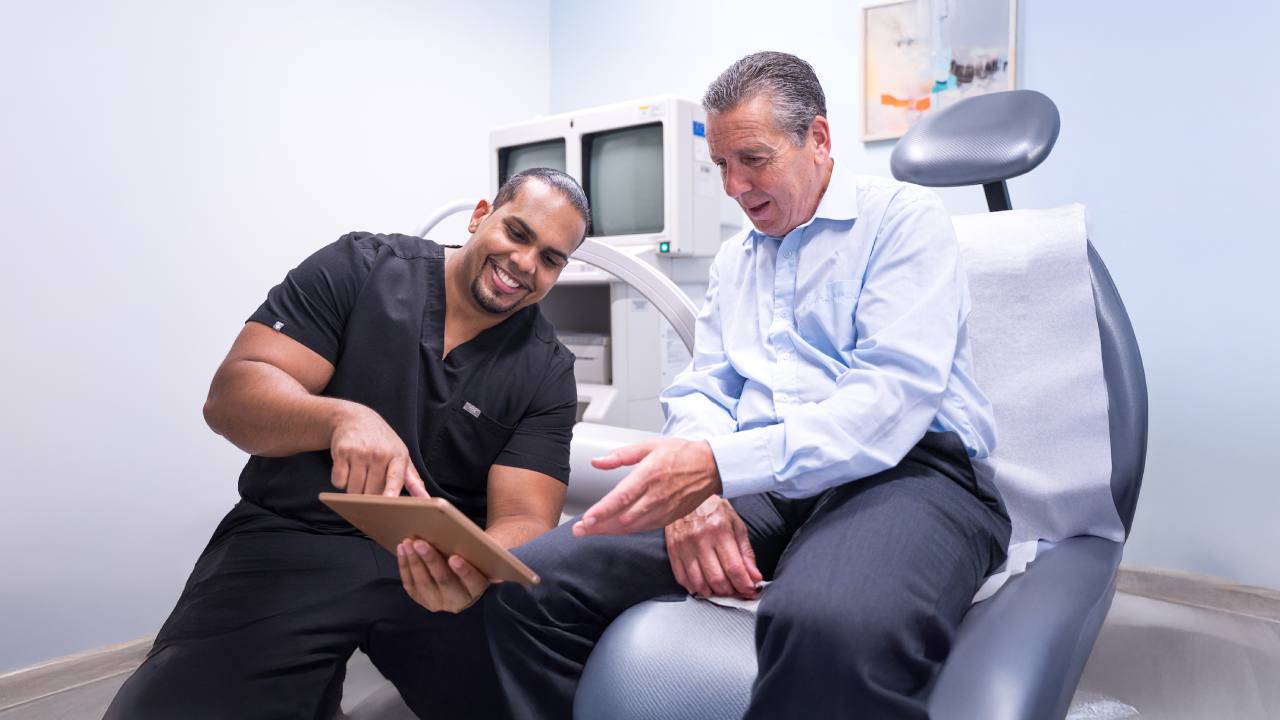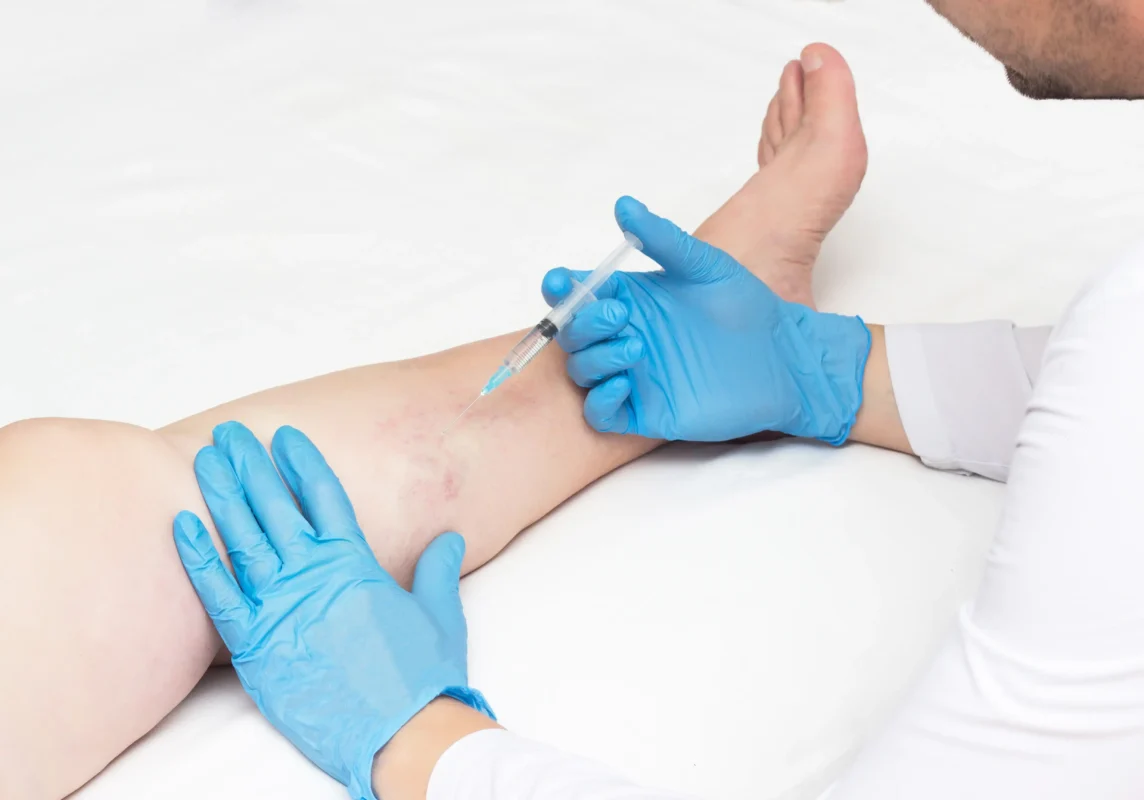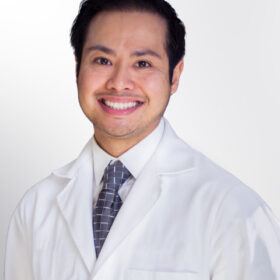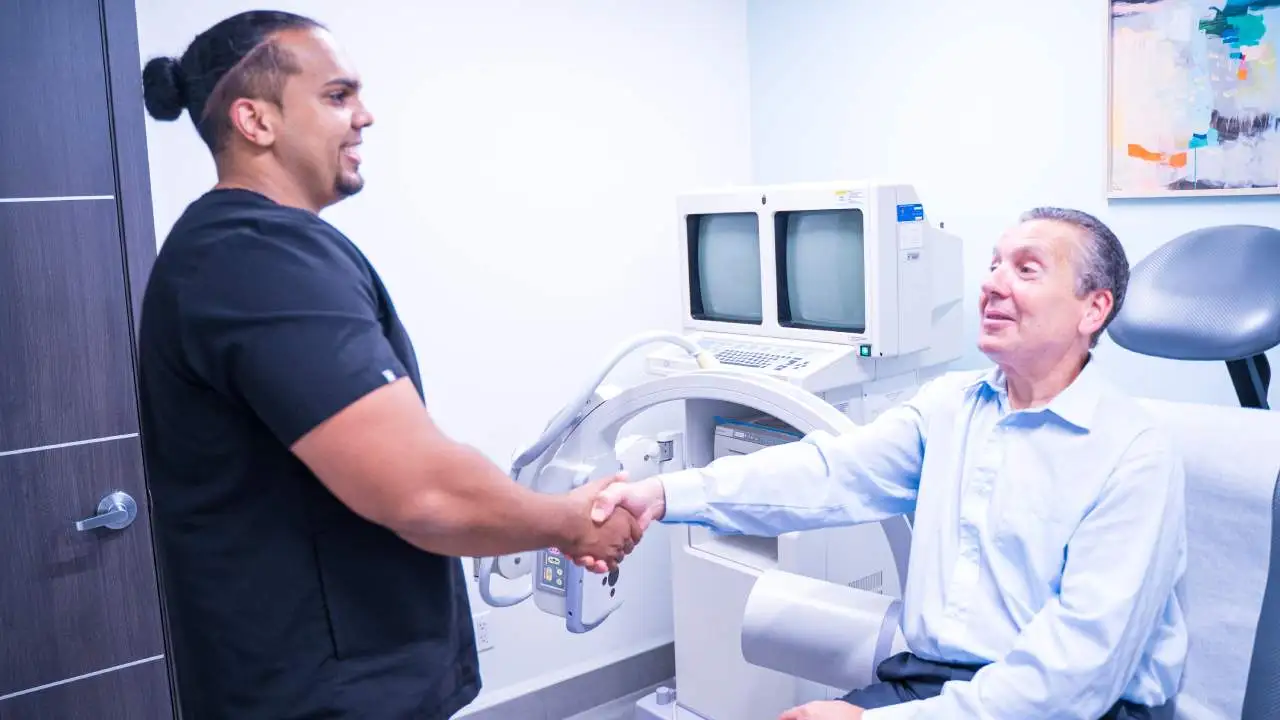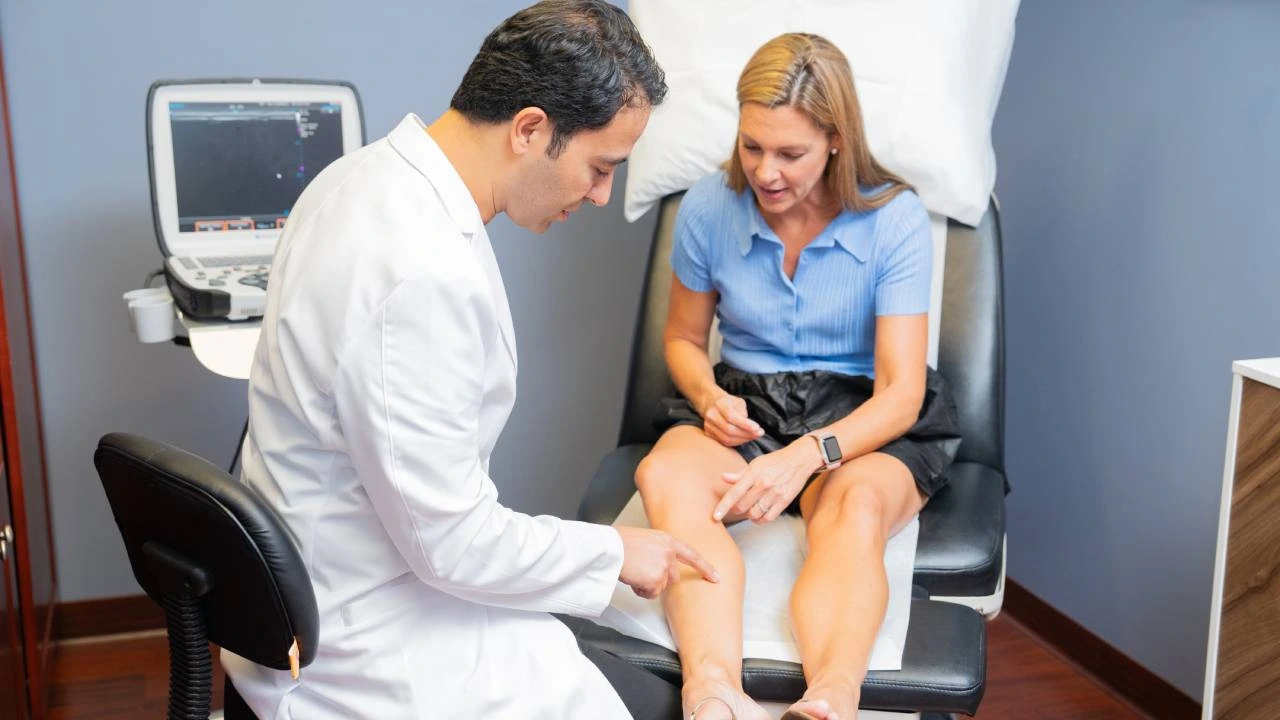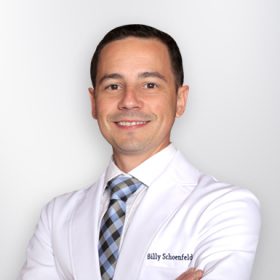You’ve noticed your legs feeling unusually heavy at the end of the day. Perhaps you’ve seen unsightly veins appearing on your calves or experienced discomfort when sitting or standing for long periods. These symptoms might seem minor at first, but they could indicate underlying venous insufficiency—a condition that can lead to more serious complications if left untreated.
At the Vein Treatment Clinic in Hoboken, we specialize in diagnosing and treating conditions like spider veins and varicose veins using cutting-edge, minimally invasive vein treatments. Our vein doctors are dedicated to improving your quality of life with treatments tailored to your unique needs. Keep reading to learn how to find the best vein doctor and what makes our vein treatment clinic in Hoboken the right choice for your vein health.
1. Choose a Board-Certified Vein Doctor
The qualifications and training of your vein doctor are critical factors to consider. A board-certified vein doctor has undergone rigorous education, specialized training, and certification processes, ensuring they are highly skilled in diagnosing and treating vein disorders. Certification from reputable organizations like the American Board of Venous and Lymphatic Medicine is a mark of excellence and expertise in vein care.
Board-certified vein doctors are well-versed in managing complex conditions such as venous insufficiency, which can lead to varicose veins and spider veins. They also stay updated on the latest advancements in vein treatment to offer you the best possible care. At the Hoboken Vein Clinic, our vein doctors are not only board-certified but also Harvard-trained. They bring years of experience and an outstanding track record of success, ensuring you receive care from experts who meet the highest standards in the field.
2. Look for Expertise in Minimally Invasive Vein Treatments
In the past, vein treatments often involved invasive surgeries, which required long recovery periods and caused significant discomfort. However, modern minimally invasive spider vein and varicose vein treatments have revolutionized vein care, offering safer and more effective solutions with minimal downtime. A good vein doctor should specialize in these advanced techniques. Minimally invasive vein treatments include:
- Sclerotherapy is a minimally invasive procedure to treat spider veins and small varicose veins. During this procedure, a vein doctor injects a specialized solution—typically a saline-based or foam sclerosant—directly into the affected vein. This solution irritates the lining of the vein, causing it to collapse and seal shut. Over time, the body naturally absorbs the treated vein, and blood is rerouted to healthier veins.
- Endovenous Laser Ablation (EVLA) is a highly effective treatment for larger varicose veins, particularly those caused by chronic venous insufficiency. In this procedure, a thin laser fiber is inserted into the problematic vein under ultrasound guidance. The laser emits targeted heat energy, damaging the vein’s walls and causing it to close permanently. Once sealed, blood is naturally redirected to healthier veins, and the treated vein is reabsorbed.
- Radiofrequency Ablation (RFA) is another minimally invasive treatment for large varicose veins. It is similar to EVLA but uses radiofrequency energy instead of lasers. This procedure involves inserting a catheter into the affected vein under ultrasound guidance. Radiofrequency energy heats the vein’s walls, causing them to collapse and close off. The sealed vein is then reabsorbed by the body, and blood is rerouted through healthier veins.
- VenaSeal is a revolutionary vein treatment that uses a medical adhesive to seal problematic veins. This procedure involves using a proprietary cyanoacrylate-based adhesive, which is injected into the vein through a catheter. The adhesive bonds the walls of the vein together, sealing it shut. Unlike other minimally invasive vein treatments, VenaSeal does not rely on heat or sclerosants, making it a virtually pain-free option.
By choosing one of these minimally invasive vein treatments at a vein clinic like the Hoboken Vein Clinic, you can effectively address spider veins, varicose veins, and underlying venous insufficiency with minimal downtime.
3. Ensure a Personalized Approach to Diagnosis and Treatment
Vein conditions can vary greatly from one person to another. A personalized approach to diagnosis and treatment is essential for effective care. The best vein doctors perform a detailed evaluation to understand the underlying cause of your symptoms, often using duplex ultrasound imaging to assess the health of your veins.
This diagnostic process helps identify conditions like venous insufficiency, which may require targeted treatments to address the root cause of varicose veins or spider veins. Based on the diagnosis, a tailored treatment plan is created to achieve the best possible outcome. At the Vein Treatment Clinic, we take the time to understand your symptoms, medical history, and goals, ensuring every treatment is customized to your unique needs.
4. Seek a Vein Doctor Who Prioritizes Patient Comfort
Undergoing vein treatment can be an unfamiliar experience, and it’s normal to have concerns or feel apprehensive. A compassionate and empathetic vein doctor will prioritize your comfort, both physically and emotionally, throughout the process. This involves clear communication, where the vein doctor explains each step of the treatment and addresses any questions you may have. They should also use techniques that minimize discomfort during procedures.
At the Hoboken Vein Clinic, our vein doctors and staff are known for their friendly and supportive approach. From the moment you walk into our vein clinic, you’ll be treated with respect and care, and you’ll be given all the information you need to make an informed decision.
5. Check for Insurance Coverage and Financial Transparency
It is essential to understand the cost of vein treatments and whether they are covered by insurance. Fortunately, most insurance providers deem many minimally invasive treatments for vein conditions medically necessary and cover most of them. For example, while spider veins are classified as cosmetic, their underlying cause—such as venous insufficiency—is typically covered. If you are diagnosed with venous insufficiency, treatments like sclerotherapy or radiofrequency ablation may also qualify for insurance coverage.
The best vein doctors will have a team to help you navigate the insurance process and provide clear information about costs. At the Hoboken Vein Clinic, we offer insurance verification before your first appointment, ensuring transparency from the start. This helps you confidently plan your treatment, knowing there are no hidden surprises. Contact us to request insurance verification, and let us assist you in understanding your insurance benefits.
6. Look for Convenient Locations and Accessibility
Finding a vein clinic that’s conveniently located can greatly enhance your overall experience. Regular appointments may be required for consultations, treatments, and follow-ups, so choosing a vein clinic close to home or work will save you time and effort.
The Vein Treatment Clinic has multiple locations throughout New Jersey, including Hoboken, Paramus, Clifton, Woodland Park, and others. Our Hoboken vein clinic, located at 70 Hudson Street, is easily accessible. With state-of-the-art facilities and flexible scheduling, we make it easy to prioritize your vein health. Visit your nearest vein clinic to explore our locations and find one that works best for you.
Take the first step toward healthier legs. Contact us to schedule a consultation with our vein doctors, and let our expert team help you find relief from vein-related symptoms.

